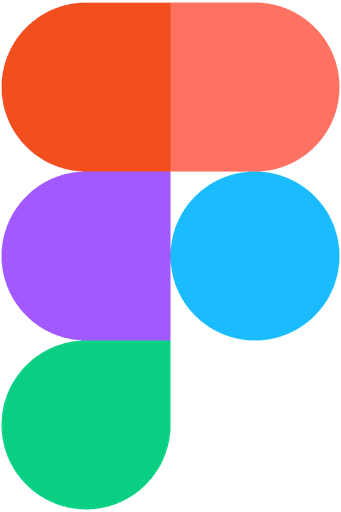
Workflow
Project vision
Discover
The Problem
Social media itself isn’t the problem, letting it control us is.
Existing tools for limiting social media usage can be easily bypassed, leading to unintentional overuse and, over time, potential addiction.
This impacts productivity, disrupts professional responsibilities, and can even strain personal life balance.
The challenge isn’t about removing social media from people’s lives it’s about helping them use it intentionally.
When limits fail, users lose awareness of how much time they’re spending, creating patterns of overuse that are hard to break.
Rescue targets active social media users, with Instagram alone hosting 2.35 billion daily active users.
The largest demographic ages 21 to 34 includes millennials and young adults who are particularly vulnerable to overuse.
For this group, unintentional scrolling can undermine productivity, impact career growth, and affect long-term personal and professional prospects.
Define
I began by examining Meta and Instagram’s current efforts to reduce excessive social media use, especially among younger users.
Existing Initiatives:
Promoting Mindful Usage
Take a Break reminders
Your Time Well Spent dashboar
Quiet Mode / Focus Mode
Time Management Tools
Daily time limits
App limits and downtime settings
Third-party app integrations
Mental Well-being Support
Well-being Resource Center
Emotional well-being tools
Mental health support resources
Key findings:
Many are unaware of existing time management tools.
Even when limits are set, they are easy to bypass.
Reels and infinite scrolling create habit forming dopamine loops.
With most users aged 18–35, there’s little external support or monitoring, making self-regulation harder.
Contributing Factors:
Dopamine driven behaviors (e.g., reels, swiping)
Poor visibility of available tools
Lack of accountability or external guidance
Problem statement
"If I can mitigate the early stages of unintentional adherence by enhancing tool accessibility and providing powerful resources to educate individuals on the prominent effects, it will empower them to become more aware of potential causes leading to habit formation. Subsequently, this can facilitate a shift towards healthy social media usage and a balanced lifestyle."
Problem #1 - Current tools are not efficient in providing digital well being for the focus group and its easy to by pass.
Problem #2 - effective methods to ease the problems of the focus group
Problem #3 - Less awareness and focused solution on the issues faced by the focus groups.
User journey map
Ideation
This cross-industry analysis helped identify gaps and opportunities to make time control features more engaging and harder to bypass.
- User journey maps — showing how users currently interact with Instagram’s tools versus alternative approaches.
- Comparison graphs — highlighting where existing methods succeed or fail in sustaining behavior change.
Information architecture and user flows
Lo-fi prototypes
Prototypes and wireframes
Prototypes and wireframes























































